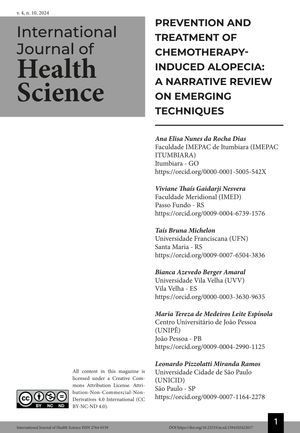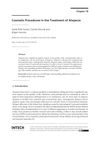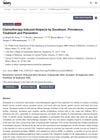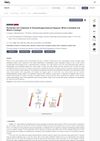Prevention and Treatment of Chemotherapy-Induced Alopecia: A Narrative Review on Emerging Techniques
January 2024
in “
International Journal of Health Science
”

TLDR Scalp cooling and low-power light therapy show promise in reducing chemotherapy-induced hair loss but need more research.
The narrative review explores emerging techniques for preventing and treating chemotherapy-induced alopecia, focusing on scalp cooling and photobiomodulation (PBM). Scalp cooling reduces hair loss by inducing vasoconstriction and lowering follicular metabolic rates, but it is not suitable for all patients and can cause headaches and scalp pain. PBM, a non-invasive method using low-power light, shows promise in regenerating damaged hair follicles and reducing inflammation without significant adverse effects. Both methods are promising but require further research to determine optimal protocols, long-term safety, and effectiveness across different chemotherapy types, highlighting the need for continued investigation to improve patient outcomes.




